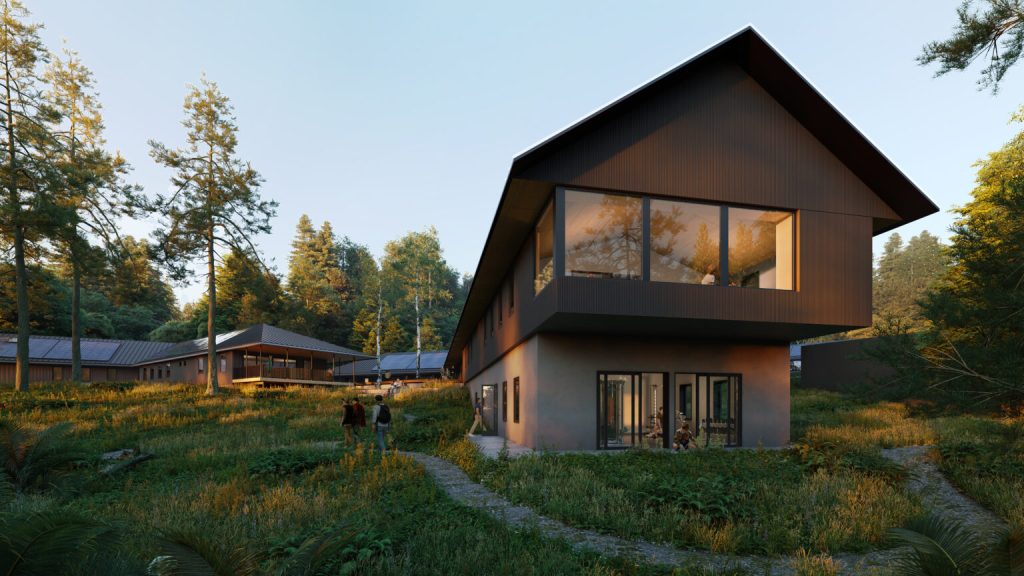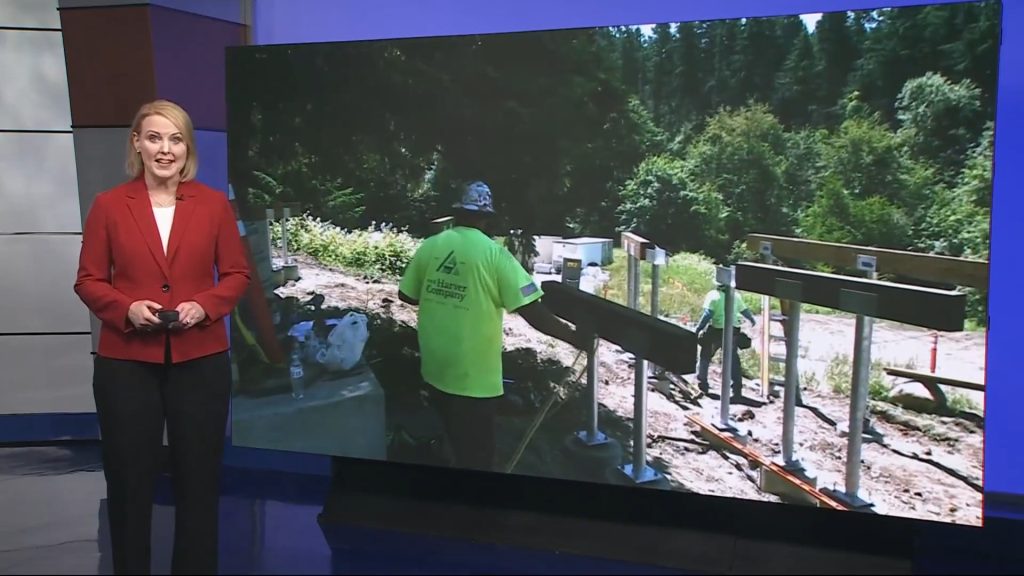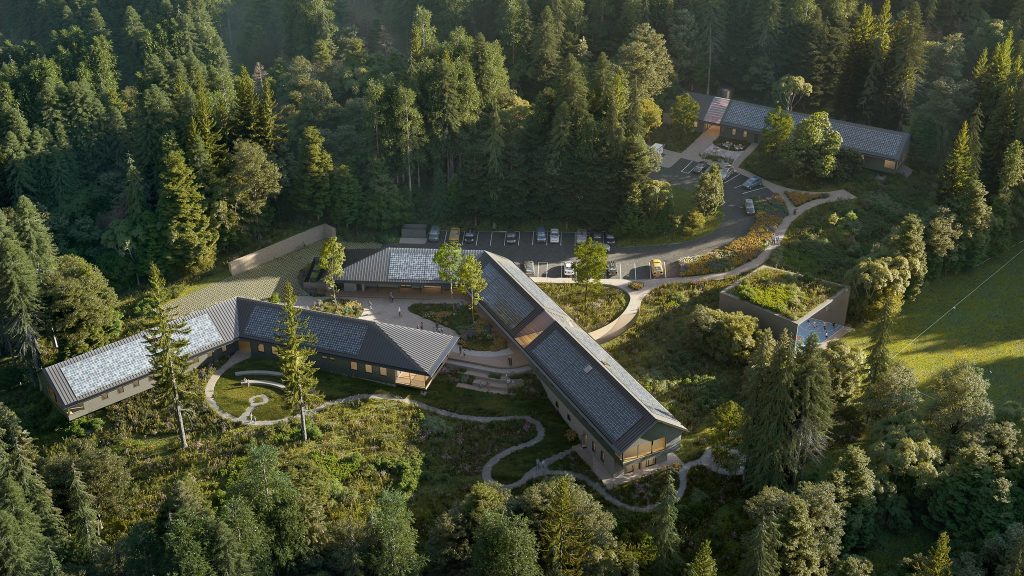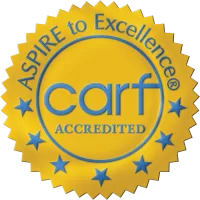Parrott Creek is creating a new standard for youth residential treatment, on a campus that doubles our capacity to care for youth navigating substance use disorder, mental health challenges, foster care, and the justice system. Click here to learn more about our programs.
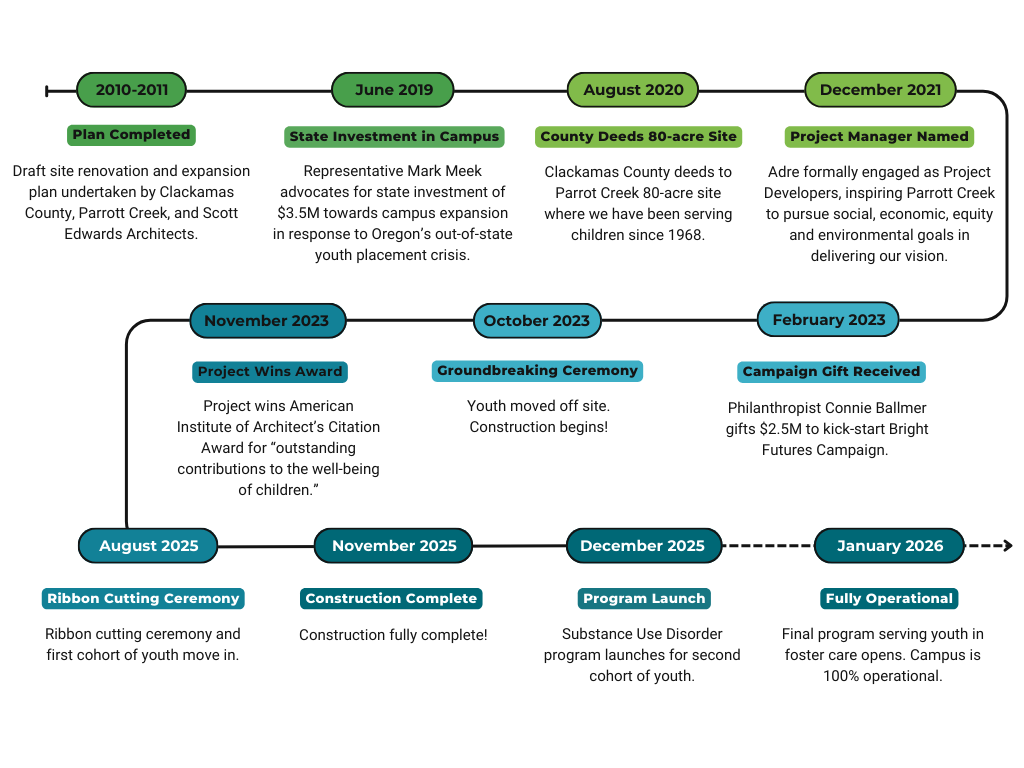
For the full timeline and project updates, please visit our updates page.

“For too long society has treated our vulnerable youth like 3rd class citizens. This new campus stands as a benchmark for the level of care and infrastructure our youth deserve.”
– Simon Fulford, Executive Director
“For too long society has treated our vulnerable youth like 3rd class citizens. This new campus stands as a benchmark for the level of care and infrastructure our youth deserve.”
– Simon Fulford, Executive Director

Doubling capacity for residential care (from 20 to 40 youth)
Trauma-informed design
Culturally responsive programming
Indigenous site stewardship
Net-zero sustainability

Schedule a meeting with Parrott Creek and learn more about a new national standard of trauma-informed design that reflects the dignity and potential of every child.
Our community is coming together to build a brighter future for Oregon youth. Key supporters include:
Oregon Health Authority
Oregon State Legislature
Congressionally Directed Funds, supported by Senator Wyden, Senator Merkley, and Representative Chavez-DeRemer
Connie Ballmer/The Ballmer Group
Federal ARPA Grant Funding
M.J. Murdock Charitable Trust
The Robert D. and Marcia H. Randall Charitable Trust
Gayland and Patty Looney
The Ford Family Foundation
Portland General Electric – Drive Change Fund
The Oregon Youth Authority
Joseph E. Weston Public Foundation
Pam and Doug Fogg
Rocky and Laura Henderson
Butch Pollard
Ken and Marta Thrasher
Henry Lea Hillman Jr. Foundation
Oregon Community Foundation Donor Advised Funds

